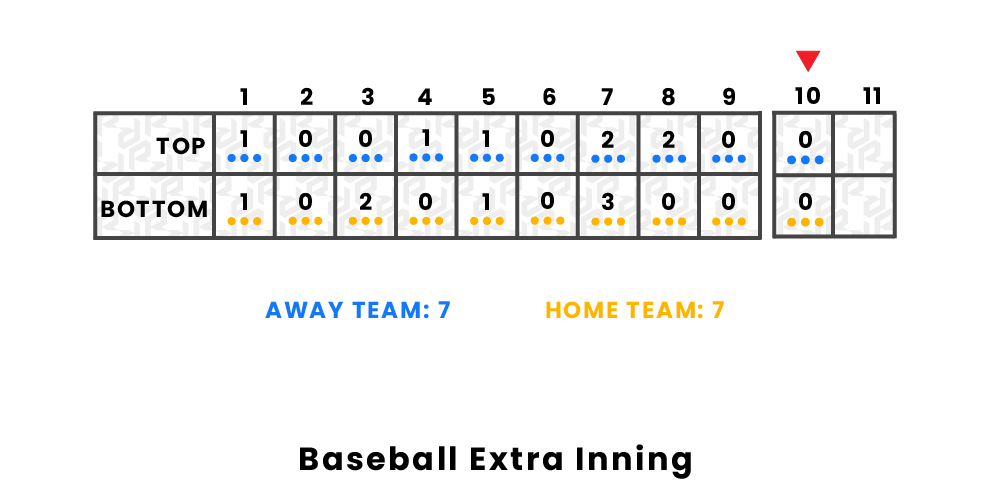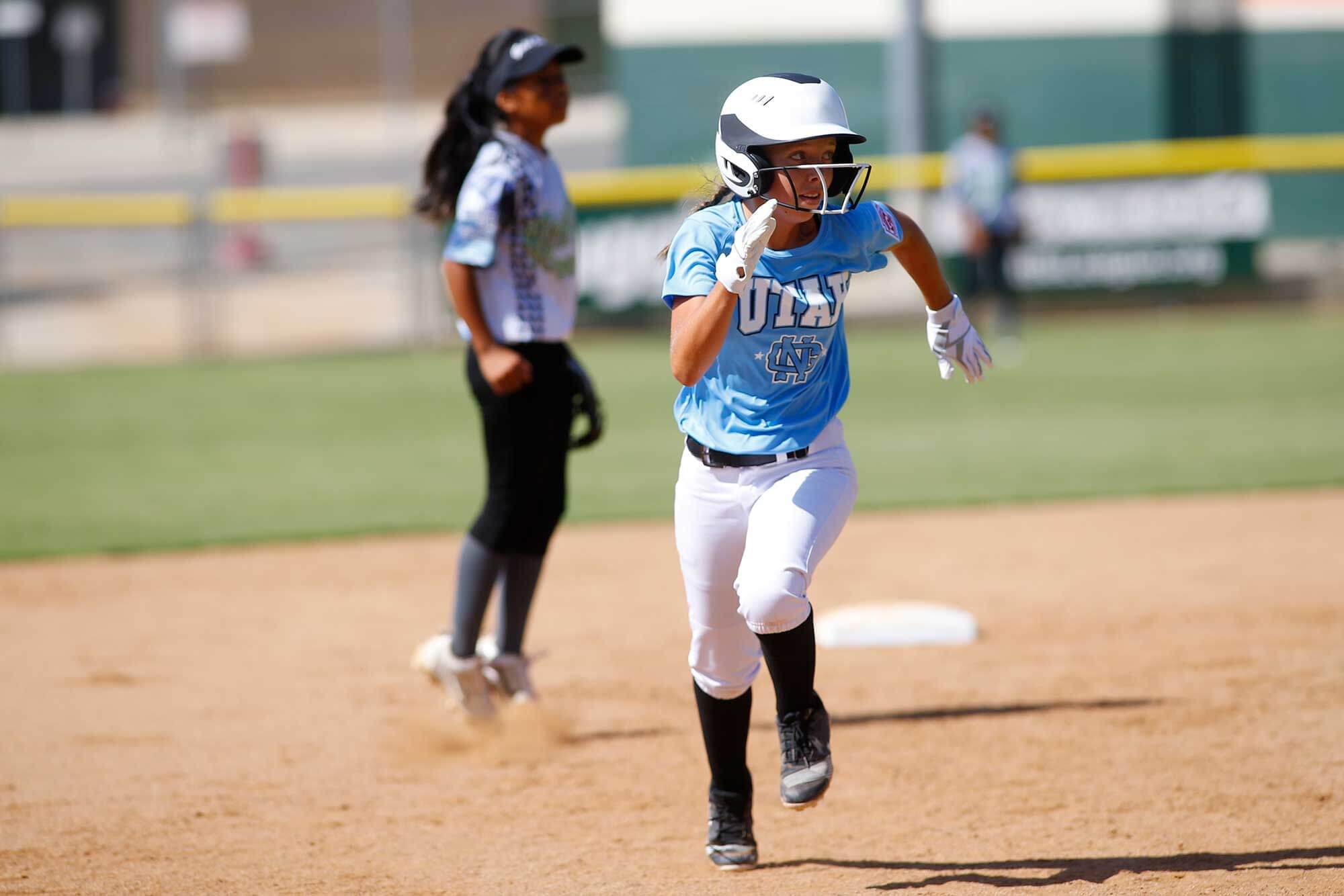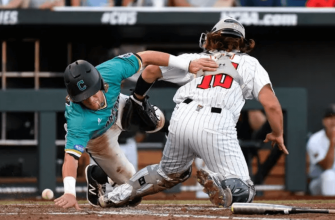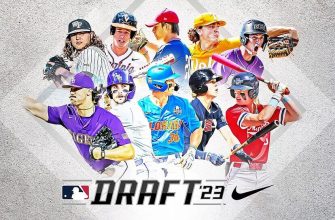Baseball is a bat-and-ball sport that is played between two teams of nine players each. The game is divided into segments called innings. In baseball, innings are used to segment the game play into discrete portions. The main reason innings are used is so teams alternate between offense (batting) and defense (fielding) each inning.
This allows for a back-and-forth style of play where each team gets equal opportunities on offense and defense. Typically, a full regulation baseball game consists of nine innings. The final score of the game is determined by the number of runs scored by each team during the innings.
Regulation Games

MLB games are scheduled for 9 innings by rule. A regulation MLB game becomes official once 5 innings have been completed if the home team is ahead, or 4.5 innings if the home team is losing [1]. This means that if a game is called due to weather or darkness before completing the full 9 innings, the winner is determined based on the score at the end of the last full inning once it is an “official” game.
The rules state a regulation game must last at least 5 innings, or 4.5 innings if the home team is losing. This prevents games from being considered official if rain or other factors cause them to be called too early [2]. In the MLB, a full 9 innings are always planned for and expected in a regulation game.
Extra Innings

If a regulation baseball game is tied after 9 innings, extra innings will be played until there is a winner. Extra innings allow the game to continue past the standard 9 innings if needed to determine a winner.
In extra innings, each team gets the same opportunity to bat and try to score runs as they would in a normal inning. The visiting team bats first, trying to take the lead. Then the home team bats, trying to tie or take the lead themselves. This continues until one team has more runs than the other at the end of an inning, ending the game.
The rules of extra innings are mostly the same as a normal inning. The main difference is that there is no limit to how many extra innings can be played. Teams continue batting and pitching until a winner emerges. This creates an exciting element of sudden death – the next run scored ends the game instantly.
Extra inning games provide some of baseball’s most memorable moments. Fans love the late game drama as teams battle past 9 innings into the night. The longest game ever played went 25 innings over two days before finally ending. While most extra inning affairs don’t last nearly that long, even a few extra frames amps up the intensity for players and fans alike.
Shortened Games
Baseball games can be shortened for various reasons, most commonly due to inclement weather conditions or if darkness arrives before the game has finished. According to the Official Baseball Rules, a regulation MLB game consists of 9 innings. However, if a game is called off due to bad weather or lack of sunlight, it can still be considered a regulation game as long as at least 5 full innings have been played. If the home team is ahead after 4.5 innings have been completed, the game can also be called at that point.
The main reason games get shortened is if rain, snow, fog, or other weather conditions make it difficult or dangerous for play to continue. If the field becomes unplayable, the umpire crew chief will call the game. Sometimes games simply cannot be resumed due to a lengthy delay. Other times if the delay is shorter, grounds crews will work to make the field playable again.
Darkness is another common cause of shortening games. MLB games generally start in the late afternoon or early evening, and under typical conditions will finish before it gets too dark to play. However, if there are extra innings, a lengthy rain delay, or a late start time, a game that is tied can be stopped due to lack of sunlight. Night games at stadiums without lights can also be called due to darkness.
So in summary, while baseball fans love a classic 9-inning competition, games can be ended as soon as 5 innings are complete if necessary due to weather or darkness. This ensures player safety and prevents exceedingly long delays.
Youth Baseball

Little League Baseball games typically consist of 6 innings, with the possibility of extra innings if the game is tied after the regulation 6 innings (source). The Junior League division (ages 13-14) and Major League division (ages 11-12) play 6 inning games. For younger divisions like Minors (ages 9-11) and Tee Ball (ages 5-8), games are often shortened to 4 or 5 innings.
The main exceptions are that a game can be called due to darkness or weather before it completes 6 innings. Additionally, Little League has a “mercy rule” where if one team is ahead by 10 or more runs after 4 innings (or 3.5 innings if the home team is ahead), the game is ended early. Little League also has extra inning rules limiting the number of extra innings allowed to keep games from going excessively long.
Softball
Softball games at the professional, collegiate, and Olympic levels consist of 7 innings, just like regulation baseball games. High school softball games also follow the standard 7 inning format. However, youth leagues often play 6 inning games.
According to the International Softball Federation, 7 innings has been the standard for softball since the early 1900s, when the sport originated. The Amateur Softball Association formalized the rule in 1933.
While baseball and softball share a standard number of innings, softball innings tend to go by faster. With larger balls and smaller fields, softball games feature more offense, baserunners, and action. A softball game can be completed in 1.5-2 hours, versus 2-3 hours for a typical baseball game.
Softball also has some variations when it comes to extra innings. International softball institutes the tiebreaker rule after 7 innings to speed up extra inning games. In the NCAA, softball games end after 8 innings if tied, with the result simply being marked as a tie game.
College Baseball
College baseball at the NCAA Division I level generally follows the same format as professional baseball, with a few small differences. The standard NCAA baseball game lasts 9 innings, just like in MLB and most other leagues.
In the NCAA rulebook, regulation games must last at least 5 innings (4.5 if the home team is ahead) to be considered official. The 9-inning format applies to regular season games as well as conference tournaments and the College World Series. Some early season tournaments may use 7-inning games, but standard games go the full 9 innings.
The main deviation from pro rules is that college games can end in a tie if the score is even after 9 innings during the regular season. But in tournament and postseason play, they will go into extra innings until a winner is determined. Overall, the college game sticks to the classic 9 inning format that defines the sport of baseball.
International Baseball

Japanese professional baseball, known as Nippon Professional Baseball (NPB), plays regulation games of 12 innings rather than the standard 9 innings of Major League Baseball in the U.S. Sources explain that NPB games consist of 12 innings, compared to the 9 innings of MLB games. The extended length aims to ensure a winner is determined without needing extra innings.
Despite the longer regulation length, NPB games still go into extra innings if teams remain tied after 12. According to various sources, there has been discussion of reducing NPB games to 9 innings to better align with MLB norms, but 12 innings remain standard. The extended gameplay has become an integral part of Japanese baseball.
Historical Innings
Baseball has a rich history of marathon games that have gone into many extra innings.
The longest game by innings in Major League history went an astounding 26 innings, occurring between the Brooklyn Robins and Boston Braves on May 1, 1920. The game lasted a whopping 8 hours and 50 minutes before being called due to darkness [1].
More recently, the Los Angeles Dodgers and Boston Red Sox played an 18-inning game in the 2018 World Series, which was the longest game in World Series history at 7 hours and 20 minutes.
In the minor leagues, the longest professional game ever played was 33 innings between the Pawtucket Red Sox and Rochester Red Wings in 1981. That game went on for over 8 hours before being suspended [2].
These ultra-marathon games stand out as some of the most remarkable in baseball’s long history, showcasing the sport’s uniqueness in allowing games to extend as long as needed until a winner emerges. The potential for extra innings adds drama and suspense to every game.
Conclusion
In baseball, regulation games are 9 innings long. Both teams bat in an inning until they record 3 outs, and there are typically 9 innings in a regulation game. However, games can go into extra innings if the score is tied at the end of the 9 innings to determine a winner. Games may also be shortened due to weather or darkness, in which case 4 1/2 or 5 innings can count as an official completed game.
The number of innings in baseball varies for different levels and leagues. Youth baseball often has fewer innings compared to the standard 9 innings. Softball typically has 7 innings. College baseball plays 9 innings but sometimes games are only 7. International baseball has slight variations, with Japanese high school baseball playing 7 innings. While 9 innings is standard in MLB today, early forms of baseball in the 1800s sometimes had far fewer or greater innings per game.
In conclusion, the 9 inning model has become the standard in professional baseball, but there is variation across different levels, eras and regions when it comes to the number of innings played. Extra innings, shortened games, and alternative inning formats in other leagues demonstrate how the inning structure in baseball has evolved over time.








